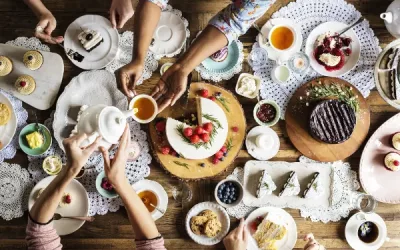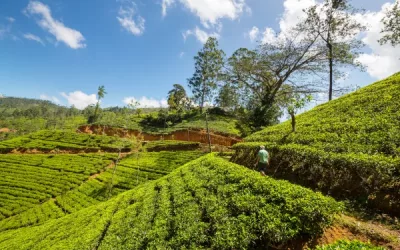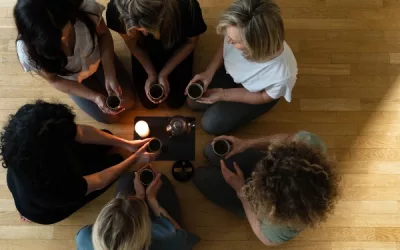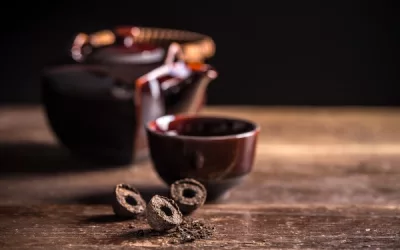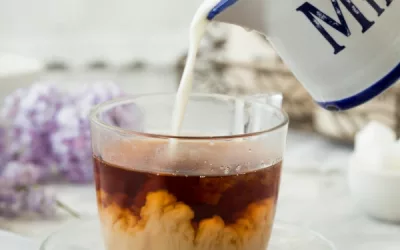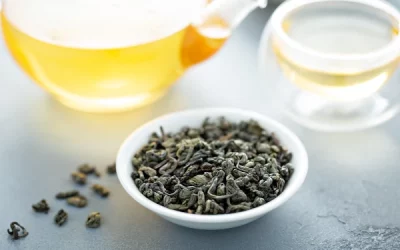Organic tea
Drinks for all occasions
Browse our wide selection of organic teas and find your favorite flavor. Here you will find teas that can be drunk by everyone. Our range is wide and at JYYNA we only focus on organic, giving you the pure wonderful natural taste you deserve. Your favorite is just a click away.
FREE SHIPPING
For purchases over 599 kr.
Delivery
2 - 5 business days
Organic teas
Eco-friendly packaging
-
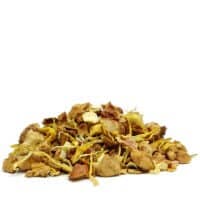
Aase
Delicious and sweet fruit tea
-
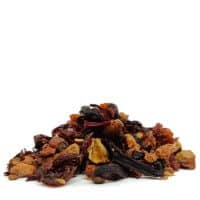
Asfrid
Fruit tea with a refreshing sweet taste
-
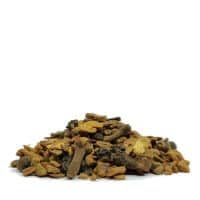
Ayurveda Chai
A classic Chai tea that captivates
-
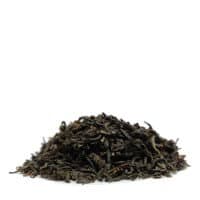
Black Earl Grey
A lively and fresh black tea
-
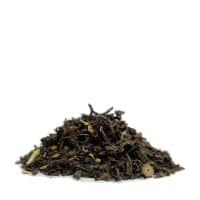
Chai tea
A nice spicy chai tea to warm you up on cold days
-
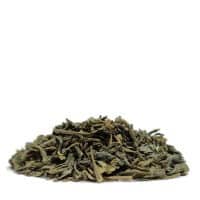
Chun Mee
A green tea with a floral fresh taste
-
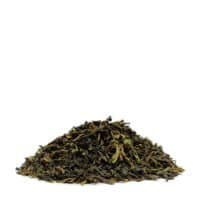
Classic Earl Grey
Earl grey with a power-packed flavor
-
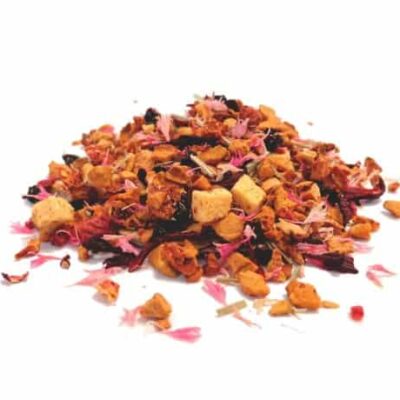
Estrid
A fruit tea with a fresh taste of citrus and sweetness
-
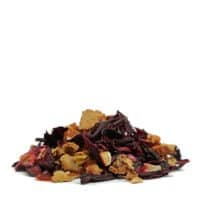
Frida
A fresh fruity child-friendly fruit tea good
-
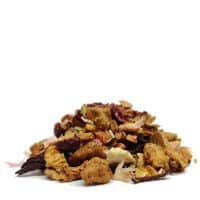
Gertrude
A fruit tea with a sour, sweet and rich taste
-
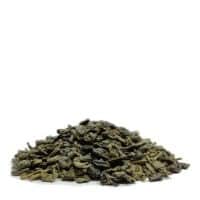
Green Gunpowder
A powerful tea that can be felt throughout the body
-
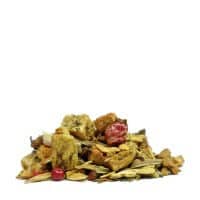
Liv
A fruit tea with a sweet and sour taste that brings joy
-
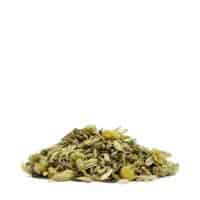
Nanna
Sweet and harmonious herbal tea with a blend of herbs and seeds
-
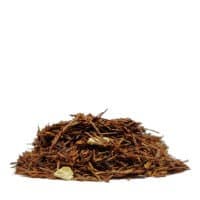
Rooibos Orange
A rooibos tea with a tart sweet vanilla smoky flavor
-
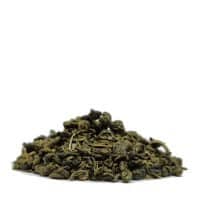
Sarah
Addictive green tea with mint
-
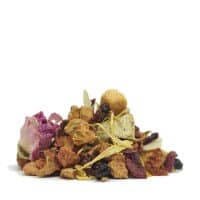
Sif
A fruit tea with a sweet rounded taste
-
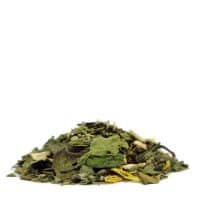
Snowfrid
A white tea with a fresh citrus and sweet licorice taste
-
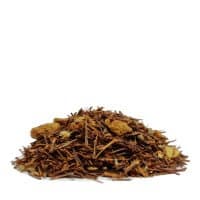
Sunna
Stay strong in the cold winter time with our Christmas tea Sunna
-
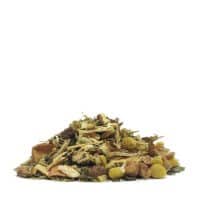
Thyra
A flavorful soothing herbal tea with a sweet spicy taste
-
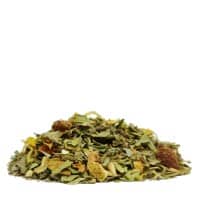
Yggdrasil
A well-balanced Christmas tea with licorice and the taste of Christmas
-

Yrsa
A fresh sweet and spicy herbal tea

Organic only
At JYYNA, we only sell organic teas that are certified by the European Ecolabel and controlled by the Danish Food Authority. This means that you as a consumer are assured that they are fully organic.
In concrete terms, this means that both the farmers and plantations we buy from, and us as a company, are subject to strict requirements.
How to make and brew tea
Tea is made in two different ways. However, the production is not a simple process, it requires expertise at every stage and can vary from culture to culture. The actual production process, where leaves and buds from the tea bush are turned into tea, is generally divided into two methods
- The orthodox method
- The CTC method (Crush, Tear and Curl, or Cut, Tear and Curl).
Regardless of the method used, all teas are first picked directly from the tea bush Camellia Sinensis. TThe pickers always choose the freshest shoots, which are usually the top leaves and buds.
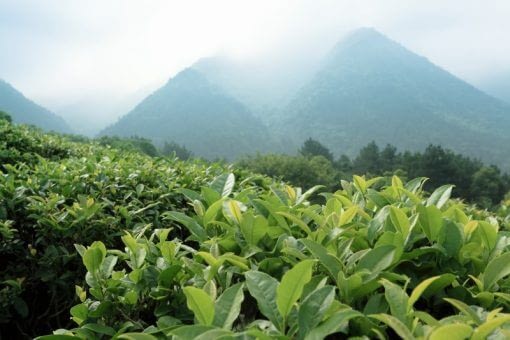
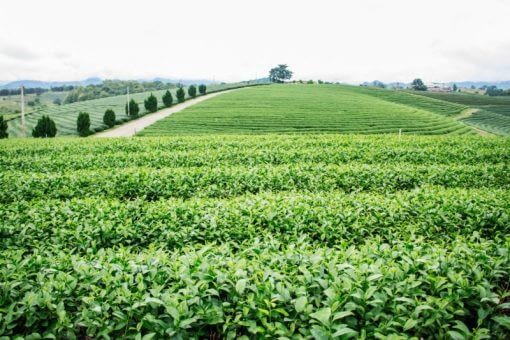
Where is tea grown?
Tea is grown all over the world, but the tea we (you and I) drink typically comes from countries located in subtropical and tropical climate zones. This is where the Camellia Sinensis tea bush has the best living conditions.
The quality, flavor and character of the tea is completely dependent on the altitude and climate in which it is grown. Like altitude and climate, weather also plays an important role in whether the harvest in each season is good or bad.
The countries that grow and produce the most tea are China, India, Sri Lanka, Kenya, Turkey, Indonesia, Vietnam and Japan. These are the countries that teas typically come from, but the list of countries that grow this beverage includes over 34 different ones.
Where does tea come from?
Tea comes from all over the world, but the one (you and I) drink comes from the plant Camellia Sinensis (also called tea bush). This is either;
- A large shrub that is trimmed to hip height. This makes it easier to pick the leaves and buds used to make tea.
- A small tree with a slender, domed growth form. The plant will grow into a tree if growth is not controlled as in cultivation.
There is some uncertainty about the origin of the plant species itself, but according to the latest theories, the upper Irrawaddy River Valley in Myanmar and neighboring parts of India and China is where the tea bush originated.
There are two main varieties, var. sinensis, called China tea, and var. assamica, called Assam tea, which reproduce and spread freely.

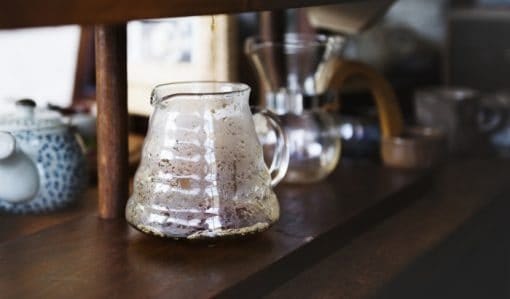
Is there caffeine in tea?
There is caffeine in tea. One cup typically contains an average of 27 mg. of caffeine, but there can be a big difference from cup to cup.
Studies indicate that variations can occur from 8 mg. per cup to 91 mg. per cup. Whereas the caffeine content of coffee is typically between 29 mg. to 176 mg. per cup. Therefore, the content can be more than double when comparing the two drinks.
The caffeine content of tea can therefore vary depending on quality, type (e.g. green vs. black) and brewing time. However, the caffeine content is still enough for you to experience an invigorating effect on the brain when you drink tea.
Because the caffeine content is so low, it also means it’s harder to get too much. Therefore, only with very large amounts of tea will you experience side effects such as inner turmoil and other side effects.
Curious for more?
Read all about this wonderful beverage here. Written for tea lovers and bon vivants.The ultimate guide to cream teas: history, recipes, and cultural significance
Cream teas are a quintessential British tradition, featuring scones, clotted cream, and jam. This guide explores their history, recipes, and cultural significance, enticing food enthusiasts and tourists to savour this delightful experience.
an in-depth exploration of tea gardens: history, design, and cultural significance
Tea gardens offer a blend of beauty and history, reflecting cultural traditions while providing tranquil spaces for enjoyment and connection. Their intricate designs and serene ambiance attract enthusiasts, travellers, and those seeking a deeper appreciation of tea’s heritage.
understanding the significance of tea breaks in workplace culture
Tea breaks are essential in workplace culture, offering moments for relaxation and socialising, fostering connections among colleagues while boosting productivity and well-being. Embracing this tradition can enhance team dynamics and overall job satisfaction.
The ultimate guide to pu’erh tea: history, taste, and brewing techniques
Pu’erh tea, a traditional Chinese brew, boasts rich history and health benefits. Its unique fermentation process enhances flavour, making it a favourite among tea enthusiasts and collectors alike. Discover the art of brewing and enjoy its distinct qualities.
The ultimate guide to tea with milk calories: what you need to know
Tea with milk adds approximately 30-50 calories per cup, depending on milk type and quantity. For calorie-conscious tea drinkers, opting for low-fat or plant-based milk can help reduce overall calorie intake.
Everything you need to know about Gunpowder tea: Making, Taste, brewing, and history
Gunpowder tea, famed for its curled leaves resembling gunpowder pellets, boasts a rich history and unique flavour. Explore its traditional production methods, health benefits, and brewing techniques to enhance your tea experience.

